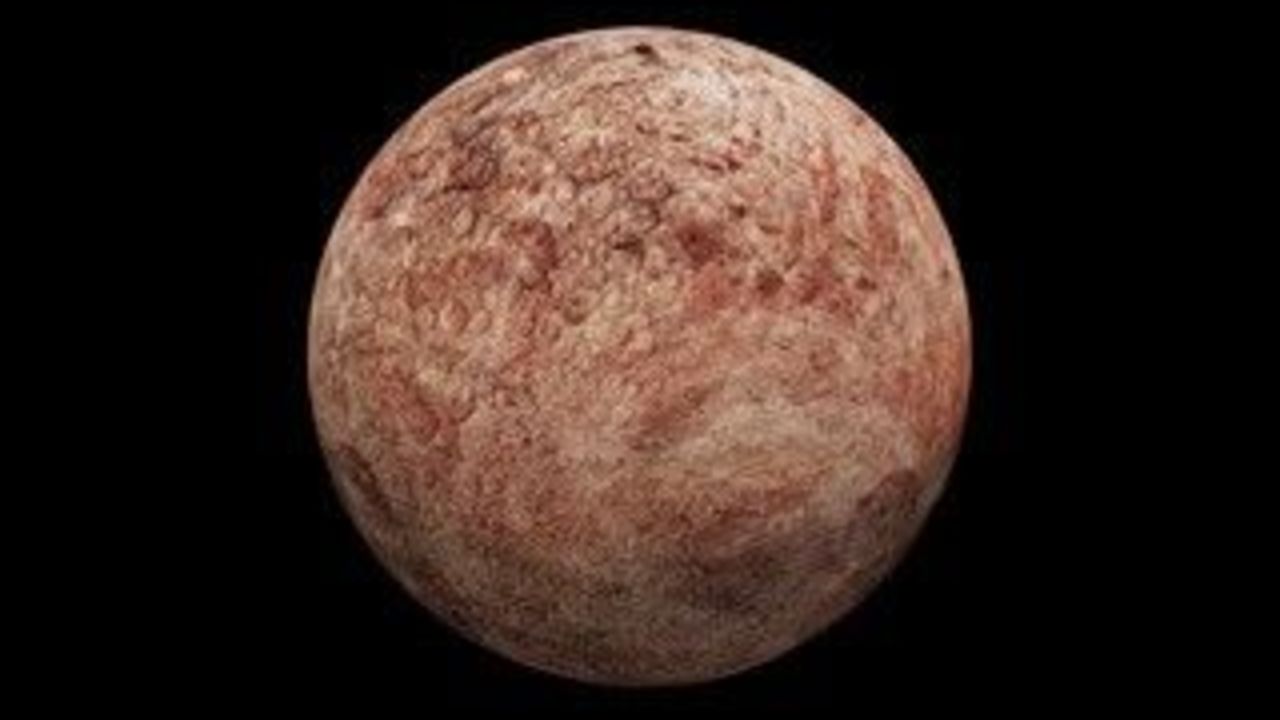Scientists have detected methane gas on the dwarf planet Makemake, marking a significant discovery that suggests this distant celestial body is more dynamic than previously thought. A team from the Southwest Research Institute (SwRI), utilizing data from NASA‘s James Webb Space Telescope (JWST), confirmed the presence of methane, making Makemake only the second trans-Neptunian object to exhibit a confirmed gas presence, following Pluto.
The groundbreaking finding, detailed in a forthcoming paper in The Astrophysical Journal Letters, highlights the unique characteristics of Makemake, which is approximately 1,430 kilometers (about 890 miles) in diameter, two-thirds the size of Pluto. Lead author Silvia Protopapa stated, “The Webb telescope has now revealed that methane is also present in the gas phase above the surface, a finding that makes Makemake even more fascinating.” This discovery indicates that Makemake is not merely an inactive remnant of the outer solar system, but rather an evolving body where methane ice is still active.
Scientific Implications of Methane Discovery
The detection of methane gas may result from several scenarios, including the existence of a tenuous atmosphere or transient activities similar to those observed in comets, where volatiles sublimate. The study authors speculate that cryovolcanic plumes could also contribute to the gas presence. If an atmosphere does exist, its pressure is remarkably low, measured at around 10 picobars, which is roughly 100 billion times less than Earth’s atmospheric pressure.
The researchers created models predicting that methane could be released in plume-like outbursts, potentially at rates of several hundred kilograms per second. This level of activity could place Makemake’s dynamics in a category comparable to the water plumes on Saturn‘s moon Enceladus.
Future Research Directions
Future observations with the JWST, particularly at higher spectral resolution, aim to clarify whether the methane originates from a thin, bound atmosphere or from the active outgassing of plumes. Co-author Ian Wong, a staff scientist at the Space Telescope Science Institute, highlighted the importance of these upcoming studies.
Previous observations of Makemake, conducted when the dwarf planet passed in front of a star, suggested the absence of a significant atmosphere. These findings did not eliminate the possibility of a much thinner atmosphere, which recent research now supports.
The implications of this discovery extend beyond just Makemake, as it enhances our understanding of the dynamics of icy bodies in the outer solar system. As research progresses, scientists hope to gain deeper insights into the geological and atmospheric processes that govern these distant worlds.





































































